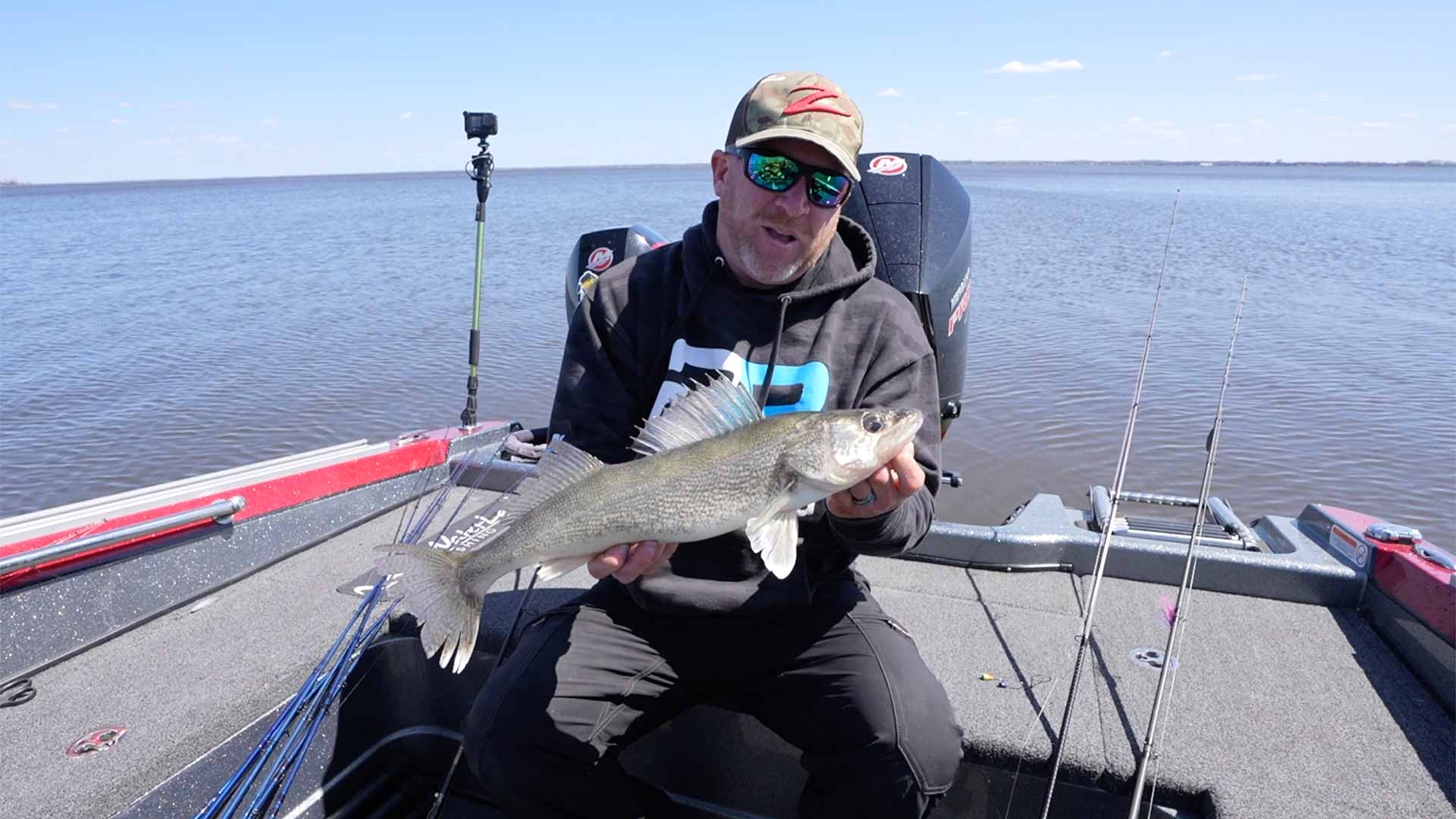Jeremy Smith breaks down reading the dead zone on your flasher and how you can use its information to catch more fish.
Reading the Dead Zone
Understanding how to read the dead zone will allow you to become a better angler, and it is applicable to a multitude of different species include burbot, walleye, perch and more.
In order to read the dead zone you fish have to understand how your sonar works.
A fish finder/ sonar sends down a beam through your transducer. That beam is sent down to the bottom and the closest return is reflected onto your screen as the bottom.
This is an issue if you are fishing an a steeper break.
In the illustration below you can see how your sonar cone angle works as it bounces back off the bottom.

On a steep break your sonar flasher / fish finder will read twenty-five feet as the bottom when in reality there is a dead zone there. The actually bottom may be closer to twenty-eight feet. In the illustration below you can see how much you are actually missing the dead zone.

By looking through the false bottom and reading the dead zone you are able to see fish that are swimming along the bottom.










